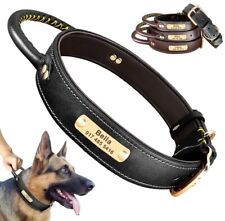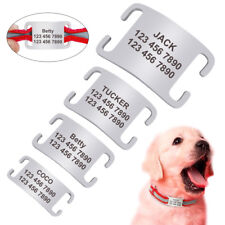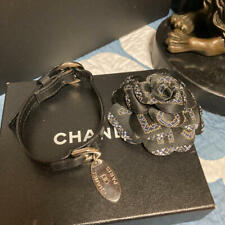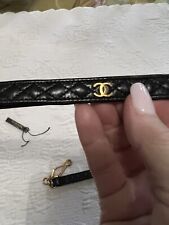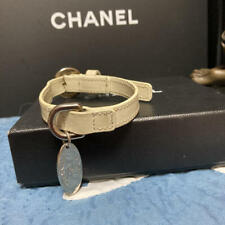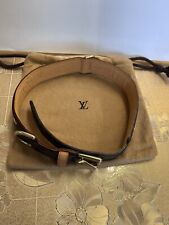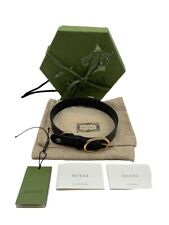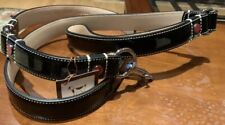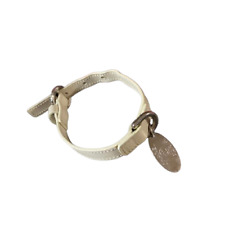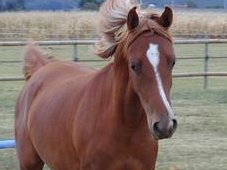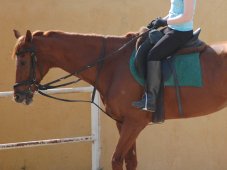Evaluating a Horse’s Vocabulary
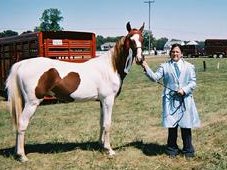
Similarly, you may be able to hold a sophisticated, highly nuanced conversation with someone in English. But if you switch to Spanish or French you may find yourself limited to asking for water or food or where the bathroom is because you lack a rich vocabulary.
Horses are the same. A young green horse has a much smaller "vocabulary" or understanding of what we are asking him to do through our aids than a seasoned 10-year-old campaigner. With horses, vocabulary size is not only a function of age but also of training level. An untrained 10-year-old horse might have a larger "on-the-ground" vocabulary than a two-year-old colt but put him under saddle and his vocabulary will not be any better.
Before you ride any horse for the first time, ask yourself what vocabulary you can reasonably expect this horse to understand based on any history you have available. This is particularly important if you are trying out a sale horse or beginning to work with a "problem" horse brought to you by a client. It is just as important if you are borrowing a friend’s horse for a trail ride and want to judge how well you and the horse will be able to communicate. One of the goals of your first ride is to discover the range and the limits of the horse’s vocabulary. That is the foundation you will have to build on as the two of you begin working together.
If the horse’s previous training was based on cues rather than horse-logical rider pressures and the horse’s previous handlers have not shared those cues with you, you may discover that the horse’s vocabulary is somewhat limited. By cues, I mean that the horse was trained to perform a particular action based on some audible, visible or physical pressure that is not horse-logically related to the action you want. For example, the horse was trained to increase its gait when the rider raised the reins a little bit or clucked or kissed to it.
Cues are a vocabulary but they are a limited vocabulary because they do not form the foundation for other, related things we might ask the horse to do. They also cannot be modified in order to get a range of responses from the horse. Consider the horse trained to pick up a canter lead based on which shoulder or elbow the rider touches with a boot toe. That horse will pick up the correct lead at a particular pace and rhythm he’s learned to associate with the cue. If the rider wants to slow or increase the horse’s speed or extension, touching the horse’s elbow again will not modify the cue in a way that tells the horse which option the rider wants. It is going to take a different cue – or even set of cues – to modify the horse’s canter.
Compare that to the horse that has learned to respond to a vocabulary of horse-logical physical pressures that can be built on and modified as the horse’s training progresses. The horse is constantly trying to stay in balance while carrying a rider and we take advantage of that fact in teaching our horse "vocabulary." For example, one of the horse’s earliest lessons involves learning that the off balance feeling created in his body by a rider’s leg pressure goes away if he moves his hind feet away from it. Then he learns how to respond to a corridor of leg pressures. If inside leg pressure asks him to move his hindquarters over but outside leg pressure does not allow that, he learns he can get back a feeling of balance by stepping up under himself a little more with his inside hind leg. Gradually, the rider shows the horse that different degrees of leg, within a corridor of leg pressures, dictate the degree to which the horse should step under himself.
As the rider adds weight aids and rein aids to the "leg vocabulary" the horse already understands, she becomes able to communicate with the horse in more and more complex sentence structures. They can spiral in and out staying "straight" on a circle at a walk, trot or canter, maintaining the rhythm and pace or varying it. At the canter, the horse understands that a certain "sentence" or combination of aids means the rider is asking for a canter on a particular lead at a particular pace, in a particular direction. And at any time, the rider can modify that canter request by modifying one or another of the "words" in that sentence the horse understands.
A thoughtful rider mounts a horse for the first time with the goal of discovering where that horse is on the training tree and what level of vocabulary it understands. Just to review, the learning stages that all horses must master as they progress to specialized training at the higher levels are (in order) rhythm, relaxation, freedom of gaits, contact, straightness, balance, impulsion, suppleness, being on the aids, and, finally, collection.
When the rider gets on this "new" horse, she keeps this training tree in mind even as she warms the horse up on a circle at the walk in both directions. As she progresses to the trot and then the canter, she will watch for the point where one of the qualities is lacking.
It goes without saying that the rider must have an independent seat in order to fully evaluate the horse’s vocabulary. Otherwise, she will only learn whether the horse understands the vocabulary she herself has mastered to date. The rider must not only have a mechanical understanding all of these skills but must also have the physical fitness to properly apply and coordinate the aids.
The rider must know the basic aid pressures used to ask the horse for a particular movement, know how to apply them correctly, and know how to modify them to ask the horse for increasingly sophisticated variations on that movement. Only then can she fully determine where a new horse is on the training tree and how large its vocabulary is.
Often people who are buying a horse for a particular purpose such as jumping or reining, only ask the horse to demonstrate that specific skill set when they try the horse out. If the horse has been "trick trained" using cues or has been getting by so far on a high level of natural talent, they may take it home only to find they hit a wall. Without a properly built vocabulary of pressures as a foundation, the horse eventually develops one of those infamous "holes" and the owner winds up seeking out a professional to fix the problem.
Wokan is a wonderful 20-something school horse here at Meredith Manor who once performed at the grand prix level in dressage. His vocabulary would fill a dictionary. However, if his riders do not pronounce "words" with 100 percent precision and put them together in precisely the right sequence, he pretends that he doesn’t understand them. He ignores the rider and simply continues watching the birds or checking out what the other horses in the arena are doing. Riding Wokan the first time is often a humbling experience for riders who are overconfident of their skills. Wokan pushes them to reach for the grand prix level of horse communication. That should be every rider’s goal whether they are riding a horse for the first time or the one-thousand-and-first time.

